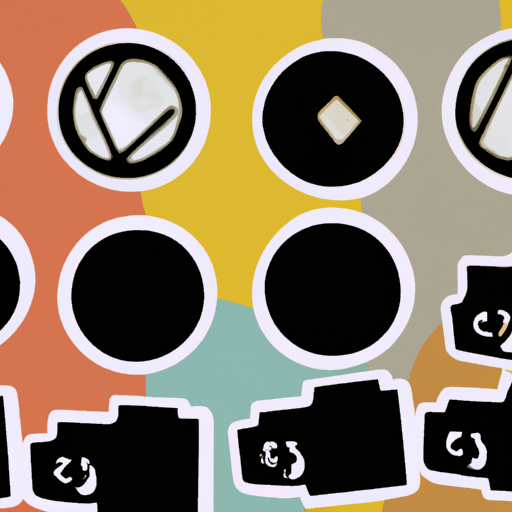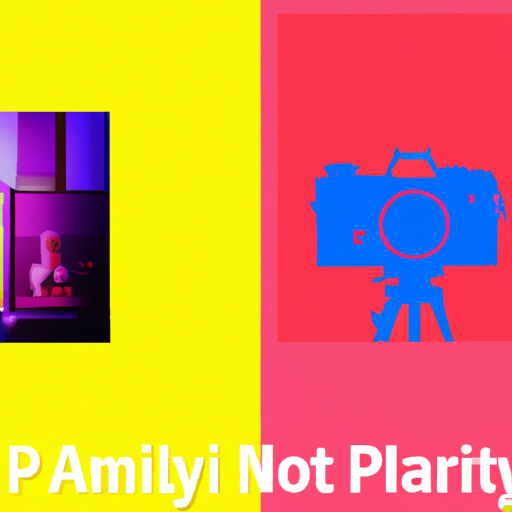
-
Table of Contents
Innovative Illustration Styles: Pushing the Boundaries of Art

Art has always been a medium for self-expression and creativity. Over the years, artists have continuously pushed the boundaries of traditional art forms, exploring new techniques and styles. One such area of innovation is illustration, where artists have been experimenting with unique and unconventional styles to create visually stunning and thought-provoking works. In this article, we will explore some of the most innovative illustration styles that are pushing the boundaries of art.
1. Minimalism: Less is More
Minimalism is a style that focuses on simplicity and the use of minimal elements to convey a message. In illustration, minimalism often involves the use of clean lines, simple shapes, and a limited color palette. This style allows artists to distill complex ideas into their most essential forms, creating visually striking and impactful illustrations.
One example of minimalistic illustration is the work of Malika Favre, a French artist known for her bold and graphic style. Her illustrations often feature strong geometric shapes and vibrant colors, creating a sense of visual harmony. By stripping away unnecessary details, Favre’s illustrations communicate a clear and concise message.
2. Surrealism: Unleashing the Imagination
Surrealism is an artistic movement that seeks to explore the subconscious mind and unleash the power of imagination. In illustration, surrealism often involves the juxtaposition of unrelated objects and dreamlike imagery to create a sense of wonder and intrigue.
One of the most famous surrealist illustrators is Salvador Dalí. His iconic painting “The Persistence of Memory” is a prime example of surrealism, featuring melting clocks and a barren landscape. Dalí’s illustrations challenge the viewer’s perception of reality and invite them to explore the depths of their own imagination.
3. Collage: Piecing Together a Narrative
Collage is a technique that involves combining different materials and images to create a cohesive whole. In illustration, collage allows artists to tell a story by piecing together various elements and creating a narrative through visual juxtaposition.
One artist who has mastered the art of collage is Eugenia Loli. Her illustrations often feature vintage imagery, pop culture references, and surreal elements. By combining these disparate elements, Loli creates a visual narrative that is both intriguing and thought-provoking.
4. Digital Illustration: Blending Art and Technology
Digital illustration has revolutionized the world of art, allowing artists to create stunning and intricate illustrations using digital tools and software. This medium offers endless possibilities for experimentation and innovation, pushing the boundaries of traditional illustration.
One artist who has embraced digital illustration is James R. Eads. His illustrations often feature vibrant colors, intricate patterns, and a sense of movement. Eads uses digital tools to create mesmerizing illustrations that blend art and technology seamlessly.
5. Hyperrealism: Capturing Every Detail
Hyperrealism is a style that aims to create artworks that are so realistic, they appear almost like photographs. In illustration, hyperrealism involves meticulous attention to detail and the use of various techniques to achieve a high level of realism.
One artist who has mastered the art of hyperrealistic illustration is Diego Fazio, also known as DiegoKoi. His illustrations are incredibly detailed, capturing every wrinkle, strand of hair, and reflection with precision. Fazio’s hyperrealistic illustrations challenge the viewer’s perception of reality and blur the line between art and photography.
Conclusion
The world of illustration is constantly evolving, with artists pushing the boundaries of traditional art forms and exploring new styles and techniques. From minimalism to surrealism, collage to digital illustration, and hyperrealism, each style offers a unique perspective and challenges the viewer’s perception of art.
By embracing these innovative illustration styles, artists are able to create visually stunning and thought-provoking works that captivate and inspire. Whether it’s through the simplicity of minimalism, the imagination of surrealism, the narrative of collage, the blend of art and technology in digital illustration, or the meticulous attention to detail in hyperrealism, these styles push the boundaries of art and open up new possibilities for artistic expression.
As technology continues to advance and new tools and techniques emerge, it will be fascinating to see how artists continue to innovate and push the boundaries of illustration. The future of art is undoubtedly exciting, and these innovative illustration styles are just the beginning of what is yet to come.
